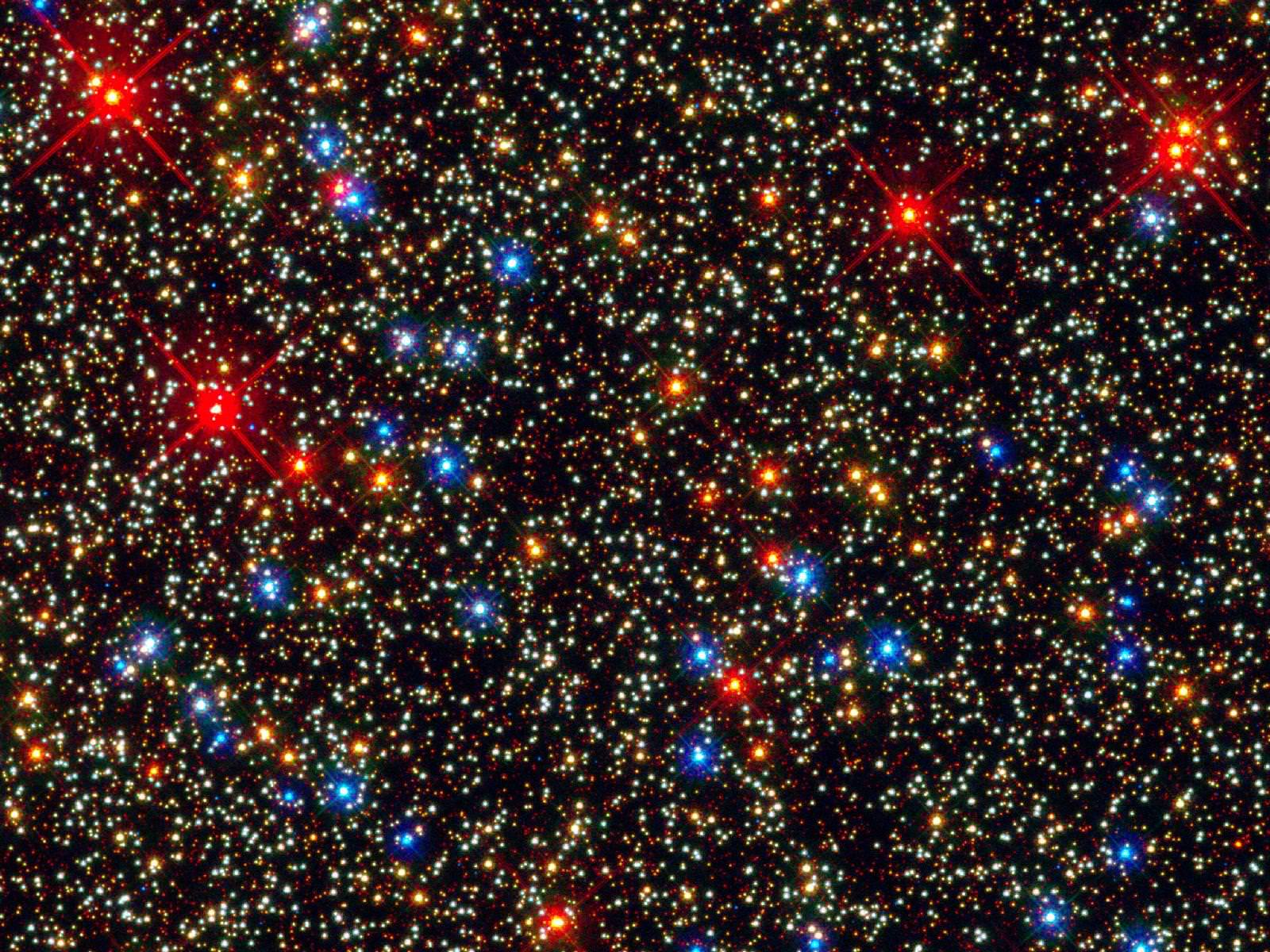[/caption] A new image of Omega Centauri shows the globular cluster glittering away as one of the finest jewels of the southern hemisphere night sky. It contains millions of stars and is located about 17,000 light-years from Earth in the constellation of Centaurus, and sparkles at magnitude 3.7, appearing nearly as large as the full moon on the southern night sky. Visible with the unaided eye from a clear, dark observing site, when seen through even a modest amateur telescope, the Omega Centauri can be seen as incredible, densely packed sphere of glittering stars. But when astronomers use a professional telescopes, they are able to uncover amazing secrets of this beautiful globular cluster.
This new image is based on data collected with the Wide Field Imager (WFI), mounted on the 2.2-metre diameter Max-Planck/ESO telescope, located at ESO's La Silla observatory, high up in the arid mountains of the southern Atacama Desert in Chile. Omega Centauri is about 150 light-years across and is the most massive of all the Milky Way's globular clusters. It is thought to contain some ten million stars!
Recent research into this intriguing celestial giant suggests that there is a medium sized black hole sitting at its center. Observations made with the Hubble Space Telescope and the Gemini Observatory showed that stars at the cluster's center were moving around at an unusual rate — the cause, astronomers concluded, was the gravitational effect of a massive black hole with a mass of roughly 40,000 times that of the Sun.
The presence of this black hole is just one of the reasons why some astronomers suspect Omega Centauri to be an imposter. Some believe that it is in fact the heart of a dwarf galaxy that was largely destroyed in an encounter with the Milky Way. Other evidence (see
here
and
here)
points to the several generations of stars present in the cluster — something unexpected in a typical globular cluster, which is thought to contain only stars formed at one time. Whatever the truth, this dazzling celestial object provides professional and amateur astronomers alike with an incredible view on clear dark nights.
Source:
ESO
 Universe Today
Universe Today
